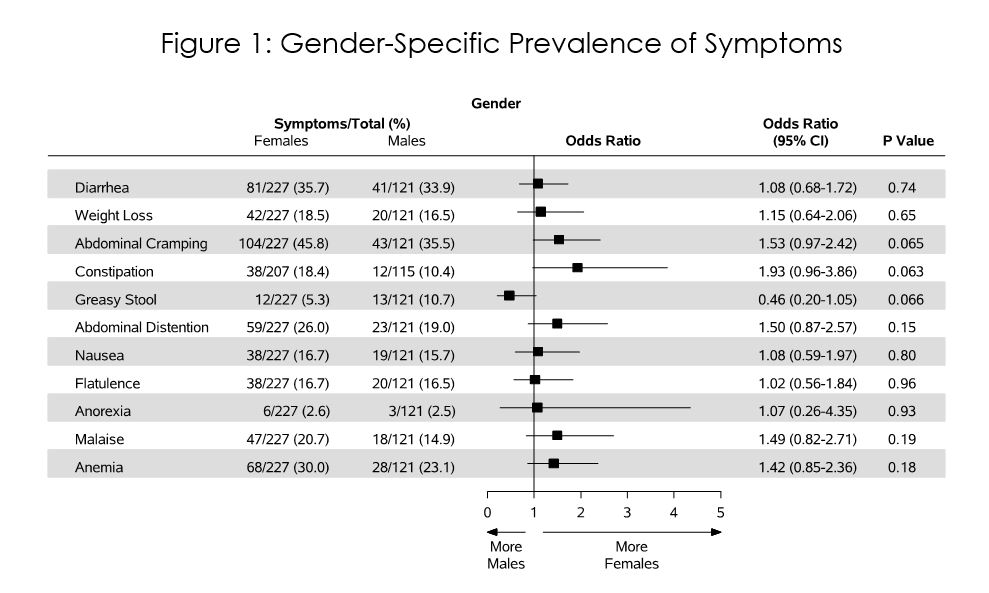Undiagnosed Celiac Disease More Common in Women

Claire L. Jansson-Knodell, MD
Gender‐Based Differences in a Population‐Based Cohort with Celiac Disease: A Feminist Movement? 1
Women in the general population are more likely to have undiagnosed celiac disease, and the difference is even more pronounced in younger girls, according to data presented at Digestive Disease Week.
- Author Insight from Claire L. Jansson‐Knodell, MD, Katherine S. King, MS, Joseph J. Larson, Joseph A. Murray, MD, Alberto Rubio-Tapia, MD, Mayo Clinic
What’s new here and important for clinicians?
Celiac disease affects numerous aspects of women’s health. Women and men with celiac disease may have different symptoms at the onset of disease, frequencies of associated conditions and survival rates.
What do patients need to know?
If you are a woman, you may be more likely to be diagnosed with celiac disease. If you are a man, your symptoms may be different than the traditional ones associated with celiac disease such as diarrhea, weight loss and abdominal pain.
Women with celiac disease are more likely to present with abdominal cramping or constipation than their male counterparts. In this population-based study, it was more frequent that men had greasy stool, which is a sign of malabsorption, as a manifestation of celiac disease. It is reasonable for women with celiac disease exhibiting symptoms to be tested for coexisting autoimmune diseases such as diabetes mellitus type 1 and hypothyroidism.
Celiac disease does not increase your risk of death. Men in general, in this and other studies, have higher mortality rates than women.
Author Contact
Claire L. Jansson‐Knodell, MD, Mayo Clinic
jansson-knodell.claire@mayo.edu


 1
1 









